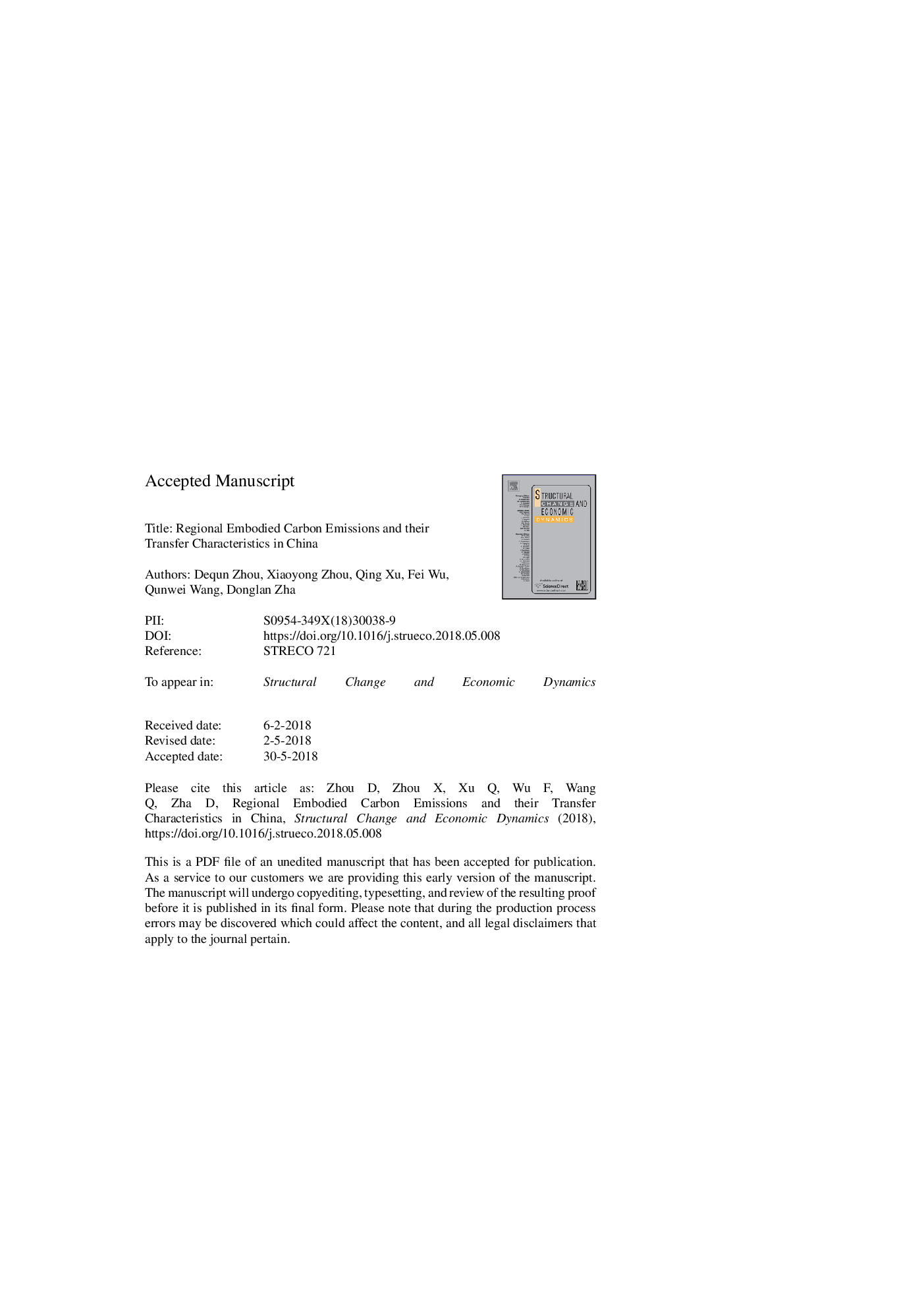| Article ID | Journal | Published Year | Pages | File Type |
|---|---|---|---|---|
| 10153846 | Structural Change and Economic Dynamics | 2018 | 48 Pages |
Abstract
Estimating embodied carbon emissions (ECEs) in inter-regional trade and uncovering their transfer characteristics are of great significance to the efficient allocation of regional carbon responsibilities. With a multi-regional input-output (MRIO) model, this study first estimated the China's regional ECEs during 2002-2012, and then investigated how they transferred through major regions and key industries. Finally, a structural decomposition analysis (SDA) was used to analyze the driving factors of changes in China's regional ECEs. The results indicate that: (1) China's regional ECEs have increased by 197%, from 518 Mt in 2002 to 1537 Mt in 2012; (2) ECEs have mainly transferred from less developed regions like northwest to developed regions like east coast through carbon-intensive manufacturing industries, testifying that “pollution heaven” hypothesis did work in China to some extent; (3) inter-regional trade scale growth was the dominant factor in increasing regional ECEs, while technological progress in exporting regions played a key restraining role. Based on the results, we provide some relevant suggestions for China's regional carbon reduction policies.
Keywords
Related Topics
Social Sciences and Humanities
Economics, Econometrics and Finance
Economics and Econometrics
Authors
Dequn Zhou, Xiaoyong Zhou, Qing Xu, Fei Wu, Qunwei Wang, Donglan Zha,
